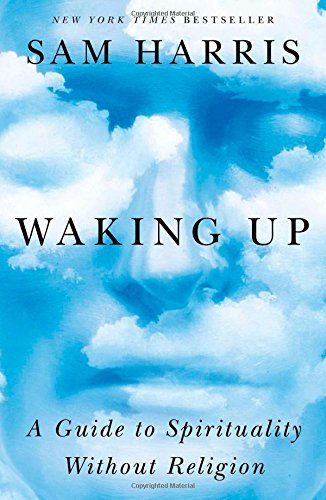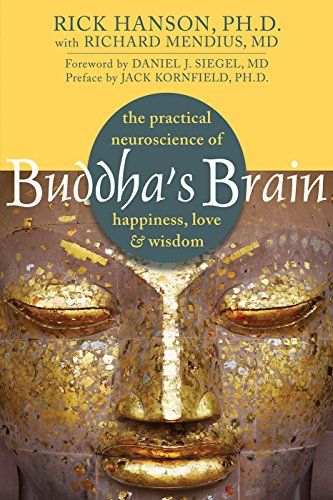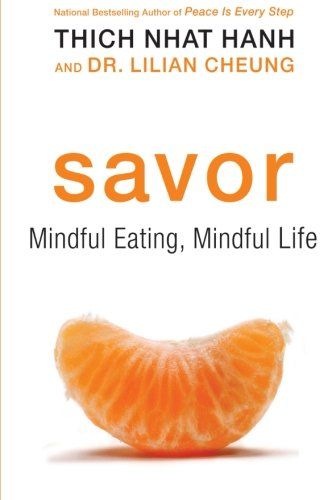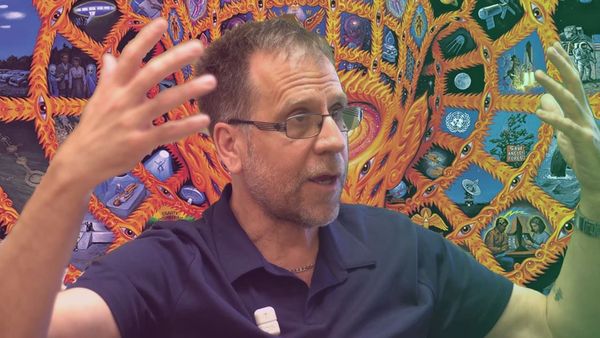Joe Dixon • • 6 min read
4 Psychological Lifehacks for Mindfully Embracing Stress (Before It Kills You)
Psychology & Happiness 10 books that will change how you think forever 25 self improvement books

Feeling stressed? Okay, close your eyes and take a deep, slow breath.
Exhale.
There, did that help?
Chances are, it didn’t, and you’re still stressed: your 30-second internal vacation didn’t do anything except maybe make you realize how much you’d like to take a nap.
The dangers of stress are real. It’s one of the most prevalent causes of headaches, high blood pressure, heart problems, and diabetes. In fact, stress is responsible for many, if not most, serious conditions in the west. At the same time, stress is an accepted part of a working life, and there is often little you can do to avoid its deadly grip. Because avoiding stress is impossible, how we choose to deal with it is of the utmost importance.
Enter mindfulness.
The mindful approach to dealing with stress is to acknowledge and embrace it rather than run from it or bottle it up inside. A mindful person is peaceful, relaxed, and observant. Today, we’ve assembled our favorite tips and books to boost mindfulness and limit stress—read on.
1. Become an observer of your own thoughts
From: “Waking Up,” by Sam Harris

Most of the stress we face in our lives is due to habitual, reflexive thought patterns. These thought patterns are not useful or productive and often lead to distress and anxiety. One way to free yourself from destructive thought patterns is to practice a simple form of mindfulness: observe your thoughts instead of getting involved in their content.
Becoming an observer of your thoughts and worries helps you overcome their power over you.
Try this experiment: simply observe your thoughts for a while. Where do they go? Do you think about the things you’ve done in the past, or perhaps consider the future?
This, of course, is all perfectly natural. People spend a lot of time worrying about the future and brooding about the past. It might not surprise you that these thoughts aren’t doing anyone any favors.
The problem, however, is not caused by the worries themselves. Rather, because you identify with these worries, they dominate you—and your emotional state. So, when you’re stressed out, you don’t think “I am now aware that I am experiencing certain feelings of despair,” but rather, “Oh my God, everything is terrible, and there is no way out.”
But there is a way out: by employing the meditative technique of mindfulness, you can separate your thoughts and worries from your identity. Instead of thinking, “I am anxious,” you think, “there is anxiety in my body.” The difference is subtle but also very powerful.
When you meditate, you become aware of the contents of your consciousness—your impressions, feelings, and thoughts. Not only do you become aware of them; you also begin to recognize that they don’t represent reality. They are merely constructs of your mind.
It’s like watching a horror film: if you allow yourself to become engrossed in the film, then you’ll be more likely to be constantly looking behind and jumping at unexpected noises.
However, when you remember that it’s just an image on a screen, the horror will lose its power. You may still be frightened, but you will have more control.
“Being mindful is not a matter of thinking more clearly about experience; it is the act of experiencing more clearly.”
Take your learning even further by climbing the Stairway to Wisdom.
2. If you feel pain or physical discomfort, don’t add a story to it, just experience it
From: “Buddha’s Brain,” by Rich Hanson

Pain and discomfort are part of life. It makes sense that people try to avoid them as much as they can. However, it is not useful to listen to mental comments that can arise spontaneously in association with these sensations. The only thing these thoughts do is add further unnecessary suffering to the physical discomfort.
Physical discomfort is normal, but we often make it worse than it needs to be.
Unfortunately, it’s impossible to avoid pain entirely. But even though occasional physical and mental discomfort is unavoidable, our suffering stems mostly from our reactions to this discomfort.
We usually experience discomfort on two separate levels. The first level can be likened to being struck by a dart—for example, when you touch a very hot plate or get rejected by a romantic interest.
But most of our suffering comes from a “second dart” that we throw at ourselves. This is the second level of pain. “Second darts” refer to our own responses to a painful event, be they physical or mental.
For instance, stubbing your toe on a table leg is a painful “first dart.” The second dart is the subsequent feeling of rage—and the impulse to blame someone else (“Who moved that chair?”).
This vengeful emotional state is the true suffering we feel, and it’s caused by our reaction to the first dart.
Suffering kicks the sympathetic nervous system (SNS) into overdrive. This triggers a flood of adrenalin and an increase in heart rate. That’s why the ‘first dart’ of being rejected by your crush can be as painful as a root canal.
Then comes the second-dart reaction, increasing SNS activity, which causes more second-dart reactions in turn, such as being upset about feeling depressed. Things snowball: the body is constantly in a state of emotional turmoil, which is physically and mentally exhausting.
If you can ignore the temptation of the second dart, your pain will subside much quicker.
Take your learning even further by climbing the Stairway to Wisdom.
3. To enjoy your meal, focus on the act of eating—and only on the act of eating
From: “Savor,” by Thich Nhat Hanh and Dr. Lilian Cheung

It should come as no surprise that Thich Nhat Hanh has something to say about mindfulness. But his topic will surprise you: he says we’re not mindful enough when we’re eating.
According to Thich Nhat Hanh, we should take the chance to make our meals into opportunities to be mindful.
To overcome your unhealthy eating habits, focus on the act of eating.
Most of us go through our daily lives totally distracted by thoughts of the past and the future. We struggle to focus our attention on the present moment.
This tendency has a name: it’s called mindlessness. When we live mindlessly, it’s like operating on autopilot, and we’re prevented from noticing feelings, desires and habits as they develop.
It’s what allows us to fall into unhealthy habits like overeating. However pleasurable, unhealthy habits don’t provide long-lasting satisfaction or happiness. In fact it’s the opposite: our bodies become unhealthy, and our minds become unhappy.
To stop living mindlessly, learn to focus your attention on the present moment. You will become more aware of everything in your life: your movements, your feelings and yes—your eating habits.
If you practice mindfulness while you eat, your meals become a spiritual experience. You start to appreciate their taste and healthfulness. When you appreciate healthy food in this way, cravings for unhealthy food disappear.
The transformative power of mindfulness allows you to overcome the unhealthy habits that cause your suffering and bring your attention back to the richness and joy of life in the present moment.
Take your learning even further by climbing the Stairway to Wisdom.
4. Anchor yourself at the moment by paying attention to your breath
From: “The Mindful Athlete,” by George Mumford

During the 2013 NBA playoffs, cameras caught LeBron James sitting courtside with closed eyes, totally focused on his breathing. He’s not alone in sports: most athletes will tell you that awareness of breath is one of the most fundamental techniques for mindfulness and “in the moment’ living.
Conscious breathing helps you narrow your focus onto the important things.
Imagine that the space between your inhale and your exhale is the centered place in yourself. The more you concentrate on your breathing, the more anchored to that space you are.
As a metronome constantly helps a musician return to the time signature of the music he or she is playing, so can paying attention to your breathing help bring your mind back to the present moment.
Our breathing is controlled by the autonomous system, which has two parts: first is the sympathetic system, which is activated by fear, anxiety and stress and floods our body with stress hormones, raising blood pressure and causing faster, shallower breathing
The second is the parasympathetic system. It slows us down by releasing acetylcholine, which lowers our heart rate and makes us feel more relaxed. Focusing on deep, slow breaths activates the parasympathetic system, encouraging relaxation and calmness.
Take your learning even further by climbing the Stairway to Wisdom.










